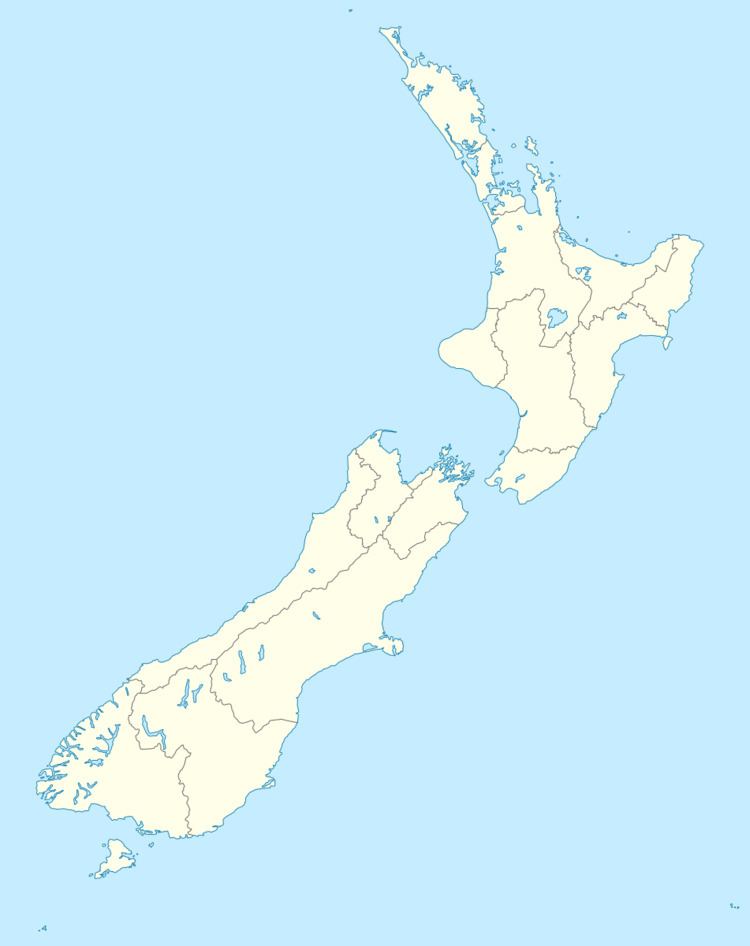Location Doubtful Sound Length 5 km (3.1 mi) Highest elevation 383 m (1,257 ft) Elevation 383 m | Area 4.6 km (1.8 sq mi) Width 1.5 km (0.93 mi) Population 0 | |
 | ||
Bauza Island lies immediately south of the much larger Secretary Island in the outer Doubtful Sound, in Fiordland National Park, in New Zealand's South Island. The less than one kilometre wide Patea passage to the south of the island is the main entrance to Doubtful Sound. To the north, the island is separated from Secretary Island by the narrow Te Awaatu Channel, also referred to as "The Gut", only 200 metres (660 ft) wide at its narrowest point. The waters between the two islands are protected by the Te Awaatu Channel (The Gut) Marine Reserve. Doubtful Sound tour boats routinely travel through this channel.
Contents
Map of Bauza Island, Fiordland National Park 9679, New Zealand
Bauza Island is uninhabited and named after Felipe Bauza, the main cartographer of the Malaspina Expedition to the Americas, Oceania and Australasia between 1789 and 1794.
Conservation
Although Bauza Island is relatively small, it has a high conservation value, with pristine native bush and the only animal pest to have ever made it onto the island being stoats. Stoats were eradicated with a pest trapping campaign between 2002 and 2004, with over 40 traps along tracks following the main ridge of the island. Even though the island is now pest-free, the traps need to be checked and re-baited periodically as stoats have been known to swim distances of over 1 kilometre.
In 2003, before stoats had been eradicated, a group of endangered saddleback (tieke) were transferred to the island, but subsequently killed by stoat. Following the stoat eradication, another 39 of the birds were successfully transferred from Breaksea Island and released on Bauza Island in 2010.
